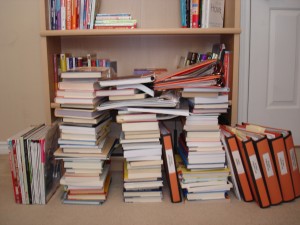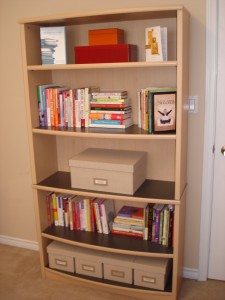 Napping helps beat fatigue and a quick power nap can have many benefits when it comes to your performance and level of productivity. Studies show that a short power nap can have both physiologically and psychologically benefits and help refresh the mind, increase productivity and improve overall alertness.
Napping helps beat fatigue and a quick power nap can have many benefits when it comes to your performance and level of productivity. Studies show that a short power nap can have both physiologically and psychologically benefits and help refresh the mind, increase productivity and improve overall alertness.
Stressing Life
When was the last time you scheduled time for yourself to rest? A 20 minute nap is a great way to relax and let go of accumulated stress in your body. When your body is in constant battle fighting against itself due to high levels of stress, your productivity and effectiveness decreases and your ability to focus on the important tasks may also be affected. Dr. Sara Mednick, a researcher at Salk Institute for Biological Studies, says the benefit of a nap improves your health, helps with hormonal maintenance and cell repair.
Because you are tired, you probably fill your time with busy work and non-productive tasks instead of getting the right things done. A simple power nap can change your focus and you will be able to devote more energy to the high-payoff tasks.
Your Body Needs a Power Nap
Typically, your body will let you know when it needs a rest. If you think you don’t have time to rest, think again. Step back from a state of stress and get into a mode of relaxation. Instead of ignoring the signs like yawning or a slowdown of your mental activity, take time to relax, go for a short walk or take a 20 minute power nap during your lunch break. By doing so, you’ll be energized and it will bring you balance and calm for the rest of the day. In this state your mind you’ll promote performance and alertness during the rest of your day.
Improved Memory Function
In a study done by NASA on napping and sleeping, they found that a nap improves memory function and alertness. Giving your brain a mid-day break helps sort through all the bits and pieces of information you’ve accumulated during the first part of your day. After the nap your mind is in a more efficient and productive state. It’s like clearing out the clutter in your mind and being more efficient.
“If a cluttered desk is a sign of a cluttered mind, of what, then, is an empty desk a sign?”
Athlete’s Power Nap
Giving the body a chance to restore itself and build energy between training or before a competition is used by many athletes. Lance Armstrong included naps as part of his overall training routine that helped him win 7 Tour de France bicycle races.
When and How?
Restorative naps, or siesta as they call it in other parts of the world, are most beneficial right after lunch, according to most scientific research. This is a point in your body’s natural sleep rhythm, called your circadian cycle, when your body has a natural tendency to fall asleep. If you sleep too long or nap too late in the day, you’ll affect your sleep time at night. Set an alarm clock, play relaxing music or use nap sounds for a 20 minute power nap. Some may need to add a few minutes before to let the body relax and 5-10 minutes after to transition back into your workday.
There are many apps available for Smartphones and iPad to help you power nap and catch some Z’s. Using soundscapes to mask distracting noises and is a natural sleep aid. My personal favorite is the “Pebble Beach” soundscape from “Power Nap – Soundscapes.” You can download the Power Nap app here:
http://itunes.apple.com/us/app/power-nap-soundscapes/id380494523?mt=8

